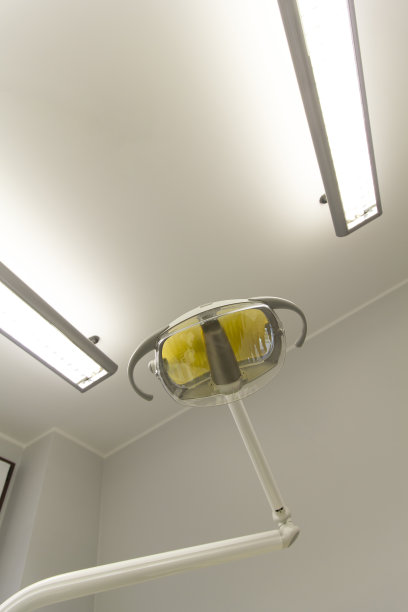Essential Precautions You Should Consider Before and After Getting a Dental Filling to Ensure Optimal Oral Health
Summary: Dental fillings are a common procedure used to restore teeth affected by decay. However, it is crucial to understand the essential precautions one should take before and after the procedure to ensure optimal oral health. This article will explore four key areas: understanding dental filling options, preparing for the appointment, post-filling care, and signs to watch for after getting a filling. By closely following these guidelines, patients can minimize discomfort, enhance the longevity of their fillings, and maintain good oral hygiene.
1. Understanding Dental Filling Options

Dental fillings come in various materials, each offering distinct benefits and drawbacks. Understanding these options is vital for making informed decisions that align with your personal health needs and lifestyle. Common materials include amalgam, composite, glass ionomer, and porcelain. Amalgam is durable and cost-effective, while composite fillings blend naturally with tooth color, making them aesthetically pleasing.
Another vital aspect to consider is the longevity and strength of each type of filling. Amalgam fillings can last over a decade, making them suitable for larger cavities, while composite fillings may require replacement sooner, especially if placed in high-pressure areas like molars. Discussing your options with your dentist will provide clarity on the most suitable choice for your situation.
Additionally, some materials may be better for individuals with allergies or sensitivity. If you have a known allergy to metals or resins, inform your dentist beforehand to ensure that the materials used are safe for you. Choosing the right filling material can significantly impact your oral health and comfort in the long run.
2. Preparing for Your Dental Appointment
Preparation is key on the day of your dental appointment. Ensure that you arrive well-informed about what to expect during the procedure. Start by discussing your medical history and mentioning any ongoing medications, allergies, or health conditions to your dentist. Being transparent will aid your dentist in tailoring the procedure to fit your unique needs.
It is also advisable to arrange for someone to accompany you. After receiving a dental filling, you may experience numbness in your mouth due to local anesthesia. Having a friend or family member to drive you home can avoid unnecessary complications or accidents.
Additionally, avoid consuming food or beverages a few hours before your appointment, as recommended by your dentist. This will ensure a smoother experience during the filling procedure, allowing you to focus on your oral health without distractions caused by discomfort or hunger. Preparing thoroughly can set a positive tone for your dental experience.
3. Post-Filling Care for Optimal Health
After getting a dental filling, it is crucial to take proper care of your oral hygiene to ensure the longevity of the filling. Begin by avoiding hard, sticky, or chewy foods for at least 24 hours following the procedure. These types of food can put strain on the filling while it is still setting or healing.
Oral hygiene practices should also be maintained after the filling. Brush your teeth gently but thoroughly twice a day and floss regularly to ensure that you are removing any food particles and preventing plaque buildup around the filling. Additionally, consider using an antibacterial mouthwash for added protection against bacteria.
Regular dental check-ups should be scheduled to monitor the fillings condition and overall oral health. Your dentist can identify any issues early on and provide necessary treatments that may preserve the life of your filling. Post-filling care plays a crucial role in maintaining your oral health long-term.
4. Signs to Watch After Getting a Filling
After you have received a dental filling, it is essential to monitor for any unusual signs that may indicate complications. Be alert for prolonged pain or discomfort that persists beyond a few days, as this may signify an issue with the filling itself or an underlying dental problem.
Another concerning sign is sensitivity to hot or cold temperatures that does not diminish after a few days. This may indicate that the filling is not fitting correctly or that there could be nerve damage or decay present. In such cases, contacting your dentist promptly is advised.
Lastly, if you notice any swelling or gum irritation around the filled tooth, this could signify an infection and should not be ignored. Keeping an eye on these signs can ensure that any potential problems are dealt with quickly, maintaining your overall oral health.
Summary:
Taking essential precautions before and after getting a dental filling is fundamental for ensuring optimal oral health. By understanding your dental filling options, preparing adequately for the appointment, maintaining post-filling care, and being vigilant for warning signs, you can ensure the longevity of your fillings and overall dental health. Prioritizing these strategies will contribute to a healthier, more beautiful smile.
This article is compiled by Vickong Dental and the content is for reference only.



